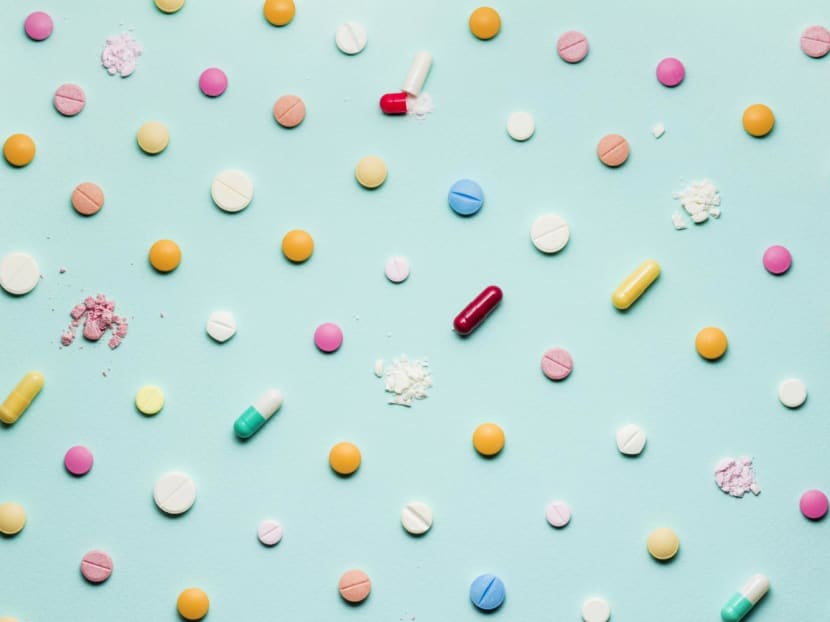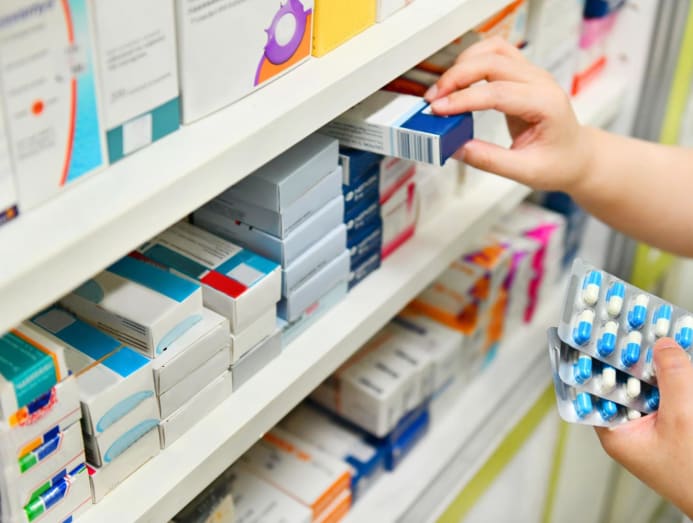Commentary: The global antibiotic pipeline is running dry. How can Singapore spur new drug development?

The global antibiotic development pipeline is stagnating, leading to a situation where bacterial infections are becoming ever more challenging to cure.
Imagine a world where bacterial infections are untreatable: A simple prick by a rose thorn, childbirth, or even the most minor surgery runs the risk of sepsis that no known drugs can cure.
These scenarios have thankfully faded from common experience with the development of penicillin and other antibiotics since the 1940s — but the risk of their return remains.
When faced with new antimicrobial agents, microbes like bacteria will adapt, eventually becoming resistant to the drugs. While this is a natural evolutionary process, the pace of antimicrobial resistance development has been rapidly accelerated by the breadth and depth of our collective human activity.
At the same time, the antibiotic development pipeline has also stagnated, leading to a situation where bacterial infections are becoming ever more challenging to cure.
In 2019, the Institute of Health Metrics and Evaluation in Seattle attributed 1.27 million deaths worldwide to antimicrobial resistance in 2019, with close to half of these occurring in Asia. This figure is far higher than the annual death toll of any other infectious disease except for tuberculosis and Covid-19.
This is also a significant problem in globally connected Singapore, which sees tens of thousands of drug-resistant infections each year and hundreds of associated deaths.
IS GOOD STEWARDSHIP ENOUGH?
We may well wonder: Are we not sufficiently protected from antimicrobial resistance in Singapore?
Singapore has strong antimicrobial stewardship programmes to support education, surveillance, and the appropriate prescription of antibiotics.
These programmes exist in public acute hospitals and are part of our National Strategic Action Plan against antimicrobial resistance, which adopts a OneHealth approach — coordinating government agencies across the human, animal, water and environmental health sectors to address this multi-dimensional threat.
While stewardship is critical, it is not sufficient. It does not solve — and indeed, can exacerbate — the problem of the anaemic global antibiotic development pipeline.
WHY DON’T WE HAVE ENOUGH NEW ANTIBIOTICS?
Incentives embedded within current financing models for drug development are not well-aligned with the need to combat rising rates of antimicrobial resistance.
The cost of bringing a new antibiotic to market has been estimated as being over US$1 billion (S$1.36 billion). However, the returns on investment are poor, as antibiotics tend to be priced lower than other drugs and are used only for a short period of time when treating bacterial infections.
In 2021, for example, global drug sales for diabetes drug Basaglar was US$892 million, while the antibiotic Zavicefta — launched in the same year as Basaglar — brought in only US$108 million. The major blockbuster cancer drug Keytruda topped the charts at US$17.2 billion.
WHAT CAN WE DO TO ENCOURAGE ANTIBIOTIC DEVELOPMENT?
Over the past two decades, multiple country-level and international organisations have been working to strengthen the antibiotic pipeline. These efforts collectively extend across the length of the pipeline, including:
- Pump-priming basic and early discovery research
- Supporting clinical trials
- Investing in companies developing effective antibiotics to the point of market launch
- Testing out “pull incentives” that provide financial rewards to proven new antibiotics
Although each of these is important, the last is potentially the most crucial.
Private investment has continued to wane despite the growth in public and philanthropic investment over the past two decades, because of the lack of a clear path towards profitability. Any hope of increasing, let alone sustaining, private investment in new antibiotics requires mitigating the high risk of inadequate future revenue and providing producers with some level of financial viability.
Some of these pull incentives are already being tried. For example, France and Germany provide minimum price guarantees, while the United States offers novel antibiotics patent extensions that delay approval of competing generic products for a further five years.
However, the “ideal” pull incentive is complex both to design and implement.
One challenge is that in order to ensure both financial incentives for producers and maintain accountability to public funding, we should ideally assess the full economic and societal value of new antibiotics. Such a value assessment framework must include systemwide direct and indirect benefits, while being transparent, feasible and acceptable to all parties.
In practice, it also requires significant adaptability and recognition of its conceptual and practical limitations.

For example, as part of a new payment pilot, the United Kingdom extended its typical cost-effectiveness framework to include Stedi, an acronym for reducing the collateral damage by focusing on a wider (S)pectrum of antibiotics, the reduction in (T)ransmission, the (E)nablement of other treatments, the indirect benefits of preserving other antibiotics due to (Diversity) and the (I)nsurance value of having more last-line treatments.
Noting, however, that the Stedi value profile for any one antibiotic is highly context-dependent and may trade off one element against another, the framework continues to evolve as the pilot continues.
Secondly, as we encourage the development of new antibiotics, we should also discourage their use until absolutely needed in order to delay the onset of resistance. In theory, “pull incentives” work best with stewardship when reimbursement to antibiotic manufacturers can be separated, or de-linked, from sales volumes.
De-linking is a relatively radical mindset change, but is currently being explored globally.
Between 2020 and 2022, the Public Health Agency of Sweden ran a pilot study of a partially delinked scheme where the state guaranteed a minimum annual revenue to antibiotic manufacturers, which in turn stock-piled and delivered their antibiotics within specified time limits. This scheme has been relatively successful, allowing Sweden to gain access to several new antibiotics earlier than their European peers.
Elsewhere, the UK is currently testing a fully delinked “Netflix-style” subscription model in which selected antibiotic producers are reimbursed with a fixed pre-determined amount each year for access to a new antibiotic, regardless of the number of doses actually prescribed.
WHAT ARE REALISTIC NEXT STEPS FOR SINGAPORE?
Continuing with and even expanding Singapore’s robust antimicrobial stewardship is not an option, but a necessity.
In Singapore, our Agency for Care Effectiveness evaluates the value of new drugs and medical devices. As international best practices for assessing the full value of new antibiotics evolve, our process and methods should also evolve, as well as supporting the underlying research agenda for antimicrobial resistance more broadly.
In general, “pull incentives” only have a significant chance of achieving their aim only if multiple countries including large economies participate.
Although any such scheme we implement will have little impact on its own in shifting the needle towards incentivising future antibiotic development, Singapore is well respected on the world stage and provides important regional thought leadership.
We should explore and contextualise such incentives for antibiotic development, and ensure that we are well placed to implement them should there be a significant global move towards enacting such strategies.
Monitoring international movements in financing and forming a pragmatic evidence-based view of regional aids and barriers to implementation is an important dimension of preparedness that a vision of good stewardship must now begin to embrace.
ABOUT THE AUTHORS:
Professor Hsu Li Yang is vice-dean of global health at Saw Swee Hock School of Public Health (SSHSPH), National University of Singapore (NUS). Associate Professor Wee Hwee Lin is the Director for the Centre for Health Intervention and Policy Evaluation Research at SSHSPH. Professor Joanne Yoong is the founder and CEO of Research For Impact, Singapore as well as adjunct faculty at Yong Loo Lin School of Medicine, NUS.










